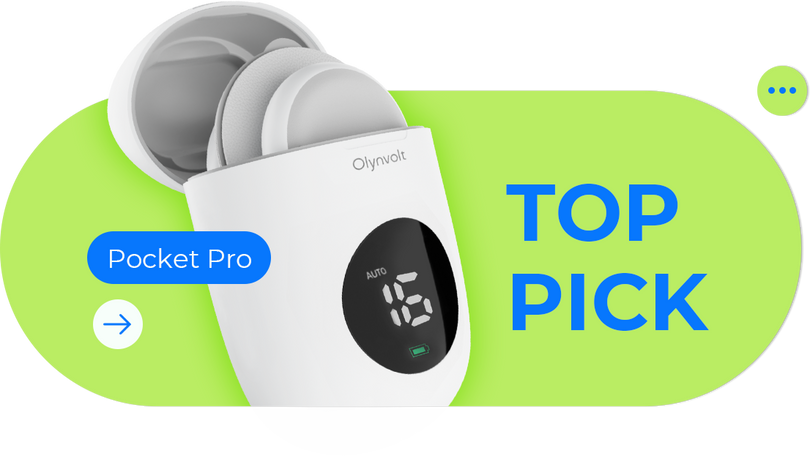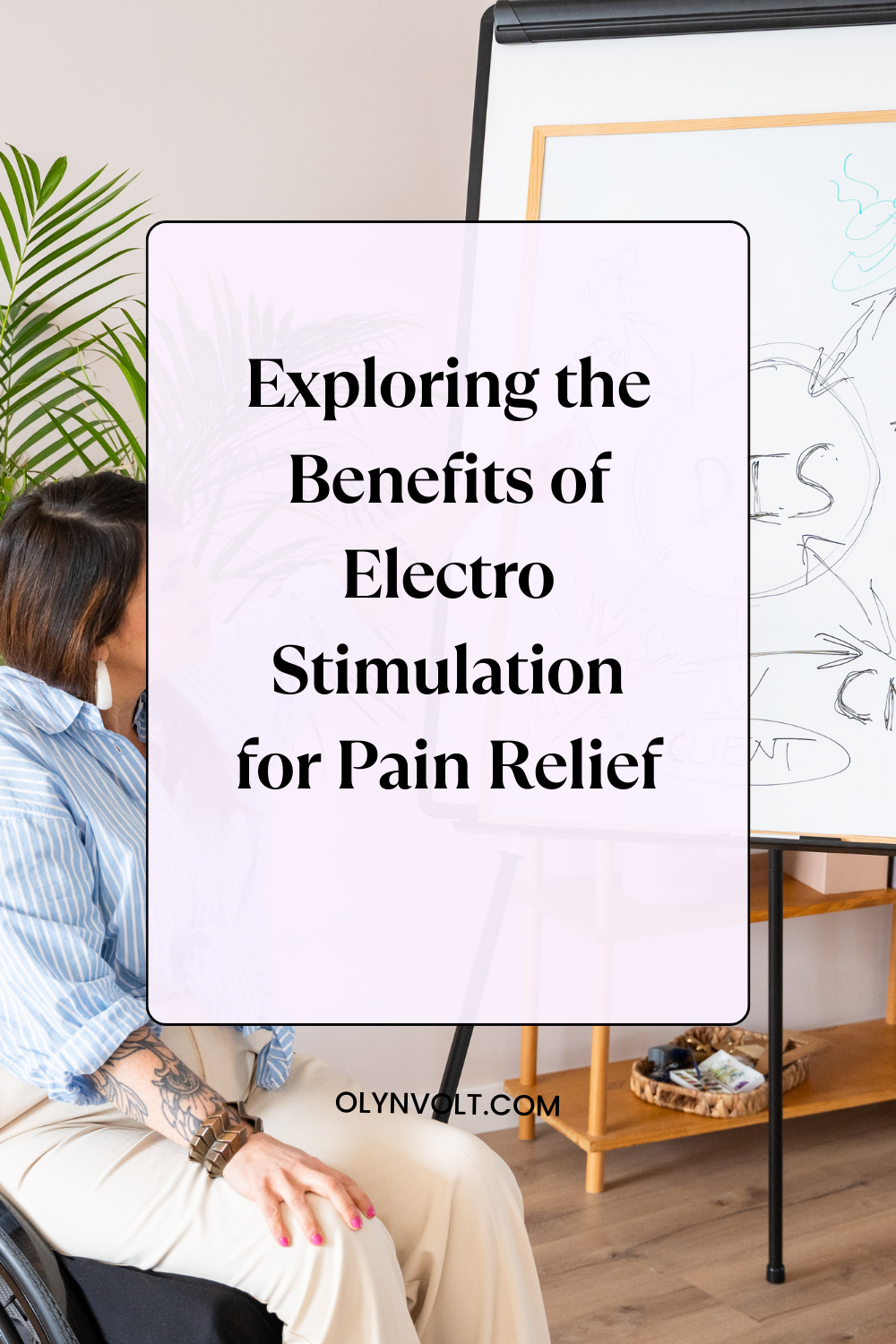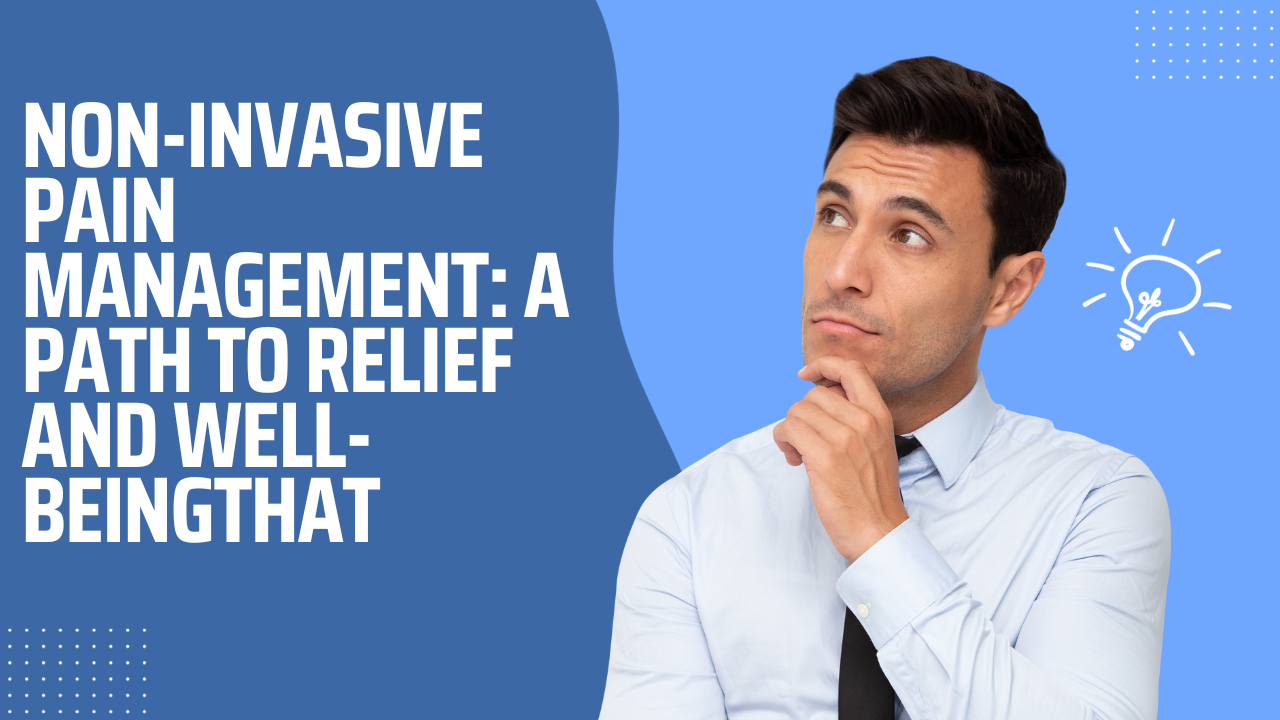Common Misconceptions About Non-Invasive Pain Management
Non-invasive pain management methods have gained popularity for their effectiveness and minimal risks compared to invasive procedures and medications. However, there are common misconceptions surrounding non-invasive pain management that can hinder individuals from exploring these beneficial approaches. In this article, we'll debunk some of these misconceptions and shed light on the advantages of non-invasive pain management.
Misconception 1: Non-Invasive Pain Management Is Ineffective
One of the most prevalent misconceptions is that non-invasive pain management methods are not as effective as invasive procedures or medications. In reality, non-invasive approaches can provide significant relief for various types of pain. Techniques such as physical therapy, acupuncture, chiropractic care, and Transcutaneous Electrical Nerve Stimulation (TENS) have been proven to be highly effective in managing pain and promoting healing. These methods focus on addressing the root causes of pain, making them a valuable alternative to invasive options.
Misconception 2: Non-Invasive Methods Take a Long Time to Show Results
Another misconception is that non-invasive pain management methods require extended periods to show results. While some chronic conditions may necessitate ongoing treatment, many individuals experience noticeable pain relief after just a few sessions. Non-invasive techniques often aim to enhance the body's natural healing processes, which can lead to quicker recovery and symptom reduction. The idea that you must endure prolonged pain while waiting for relief is a misconception that should not deter you from exploring non-invasive options.
Misconception 3: Non-Invasive Methods Are Only for Minor Pain
Some people believe that non-invasive pain management is only suitable for minor aches and pains. This misconception can prevent individuals with more severe or chronic conditions from seeking non-invasive treatments. In reality, non-invasive methods can be effective for managing various levels of pain, from mild to severe. These techniques can be tailored to address the specific needs of each patient, making them a viable choice for individuals with diverse pain experiences.
Misconception 4: Non-Invasive Methods Are Expensive
There is a misconception that non-invasive pain management methods are costly and not accessible to everyone. While the cost of healthcare can vary, non-invasive options are often more affordable than invasive procedures or long-term medication use. Many healthcare providers offer payment plans and insurance coverage for non-invasive treatments, making them financially feasible for many individuals.
Misconception 5: Non-Invasive Methods Are Complicated and Inconvenient
Some individuals may avoid non-invasive pain management because they believe it requires a complicated and inconvenient routine. This is not necessarily true. Non-invasive methods are designed to be as user-friendly as possible. For example, the use of TENS devices, like the Olynvolt Pocket Pro, is straightforward and can easily fit into your daily life. Many non-invasive techniques offer flexibility and convenience, allowing you to incorporate them into your routine without disruption.
Conclusion: Embracing Non-Invasive Pain Management
Non-invasive pain management methods have revolutionized the way we approach pain relief and healing. By debunking these common misconceptions, individuals can make informed decisions about their pain management options. Non-invasive methods are effective, accessible, and can provide relief for a wide range of pain conditions. Whether you're dealing with acute or chronic pain, consider exploring non-invasive pain management as a valuable and safe alternative to invasive procedures and medications.





